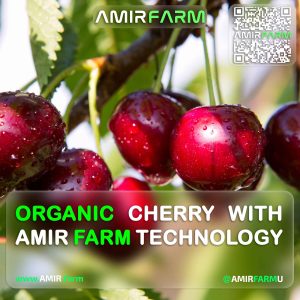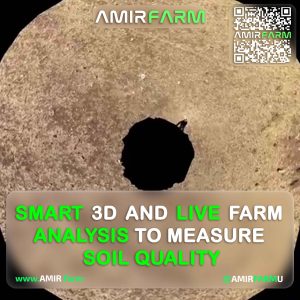Smart Farming with Robots: Maximizing Crop Yield and Efficiency with Robotic Farming Technology
The agricultural industry has been revolutionized by the introduction of robotic farming technology. Smart farming with robots has become a popular trend in the industry, as it offers numerous benefits to farmers. The use of robots in farming has increased efficiency, reduced labor costs, and maximized crop yield. In this article, we will explore the benefits of smart farming with robots and how it is transforming the agricultural industry.
One of the primary benefits of smart farming with robots is increased efficiency. Robots can perform tasks faster and more accurately than humans, which saves time and reduces labor costs. For example, robots can plant seeds, water crops, and harvest produce with precision and speed. This means that farmers can complete tasks in a shorter amount of time, allowing them to focus on other important aspects of their farm.
Another benefit of smart farming with robots is the ability to maximize crop yield. Robots can monitor crops and soil conditions, which allows farmers to make informed decisions about when to plant, water, and harvest their crops. This information can be used to optimize crop growth and yield, resulting in higher profits for farmers. Additionally, robots can detect and remove weeds, which reduces competition for resources and improves crop yield.
Smart farming with robots also offers environmental benefits. Robots can reduce the use of pesticides and herbicides, which can be harmful to the environment and human health. By using robots to monitor and manage crops, farmers can reduce the amount of chemicals used on their farms. This not only benefits the environment but also improves the quality of the produce.
Furthermore, smart farming with robots can help farmers save money. Robots can perform tasks that would otherwise require manual labor, which reduces labor costs. Additionally, robots can work around the clock, which means that farmers can complete tasks faster and more efficiently. This can result in higher profits for farmers, as they can produce more crops in a shorter amount of time.
The use of robots in farming is not without its challenges. One of the main challenges is the cost of implementing robotic farming technology. Robots can be expensive to purchase and maintain, which can be a barrier for small-scale farmers. Additionally, robots require specialized training and maintenance, which can be time-consuming and costly.
Another challenge is the potential for job loss. As robots become more prevalent in the agricultural industry, there is a risk that some jobs may become obsolete. However, it is important to note that robots cannot replace all aspects of farming. There will always be a need for human labor in certain areas, such as management and decision-making.
In conclusion, smart farming with robots is transforming the agricultural industry. The use of robots in farming has increased efficiency, reduced labor costs, and maximized crop yield. Additionally, it offers environmental benefits and can help farmers save money. While there are challenges associated with implementing robotic farming technology, the benefits outweigh the risks. As technology continues to advance, it is likely that we will see more widespread adoption of robotic farming technology in the future.






















